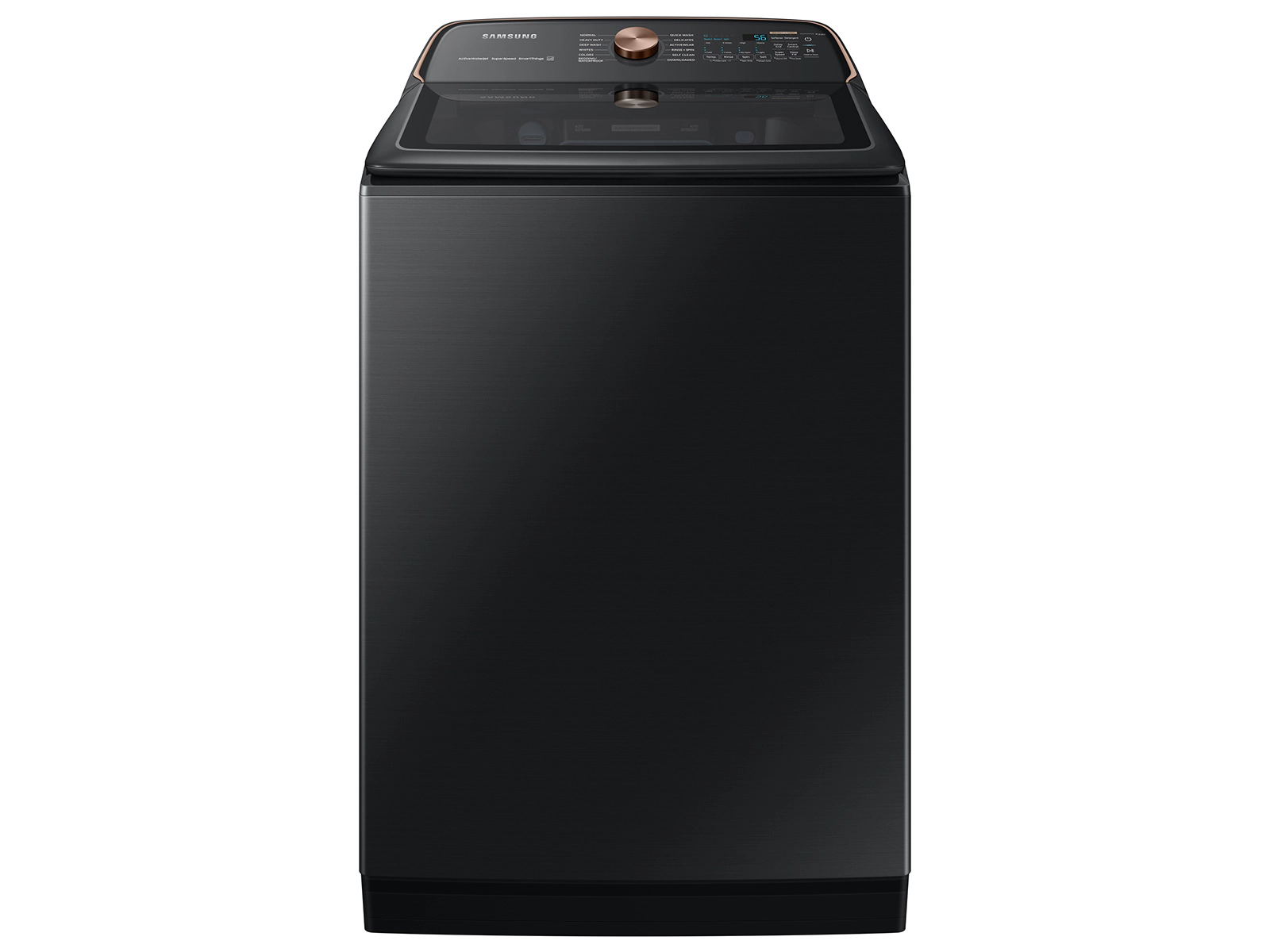Introduction
Finding soil or dirt in your washing machine can be frustrating and perplexing. The presence of soil can dirty your clothes, cause unpleasant odors, and impede the performance of your appliance. Understanding the factors that contribute to soil buildup in your washing machine is crucial for effective cleaning and maintenance. In this comprehensive guide, we will explore various reasons for the presence of soil in your washing machine and provide specific steps to address and prevent the issue. From proper sorting and detergent usage to cleaning the tub and filters, we will help you restore a clean and efficient washing machine.
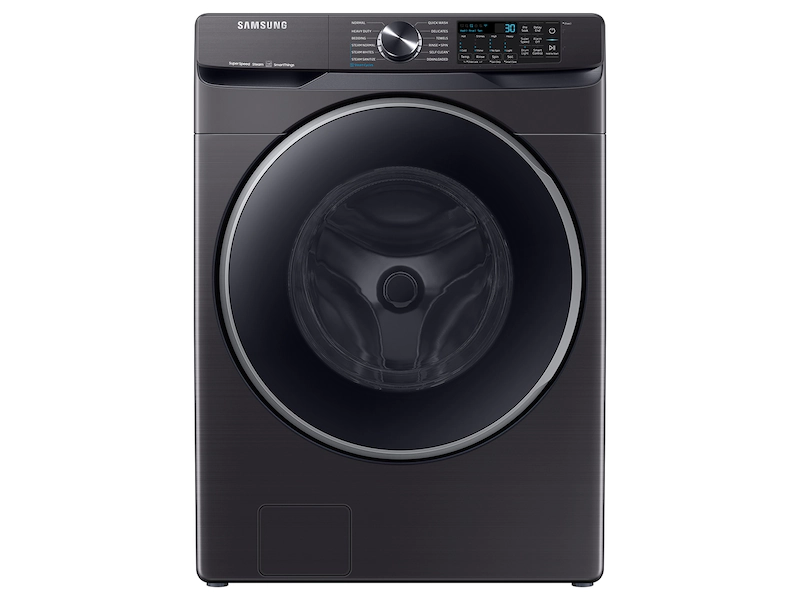
Dealing with Soil in Your Washing Machine
I. Sorting Clothes for Effective Cleaning
-
Sort by Color and Fabric Type:
- Properly sorting your laundry is the first step in preventing soil buildup. Sort clothes by color to avoid color bleeding and by fabric type to ensure appropriate washing machine settings.
-
Shake Off Excess Soil:
- Before placing clothes in the washing machine, gently shake them to remove any loose soil or debris. This helps prevent excess soil from entering the machine and getting trapped in the tub or on other clothes.
-
Pre-Treat Stains:
- For heavily soiled or stained clothes, pre-treat the affected areas with a stain remover or detergent to break up the soil and improve stain removal during the wash cycle.
II. Using the Right Detergent and Dosage
-
Choosing a Suitable Detergent:
- Select a high-quality detergent specifically designed for your type of washing machine and the laundry load. Consider factors such as water hardness, fabric type, and the level of soil or stains on your clothes.
-
Follow Manufacturer’s Instructions:
- Consult the manufacturer’s instructions and guidelines on the detergent packaging regarding the appropriate dosage for your specific washing machine model. Using too much or too little detergent can result in soil buildup or inadequate cleaning.
-
Avoid Overloading the Machine:
- Overloading the washing machine can prevent proper circulation of water and detergent, leading to ineffective cleaning and soil buildup. Follow the manufacturer’s recommendations for the maximum load capacity of your machine.
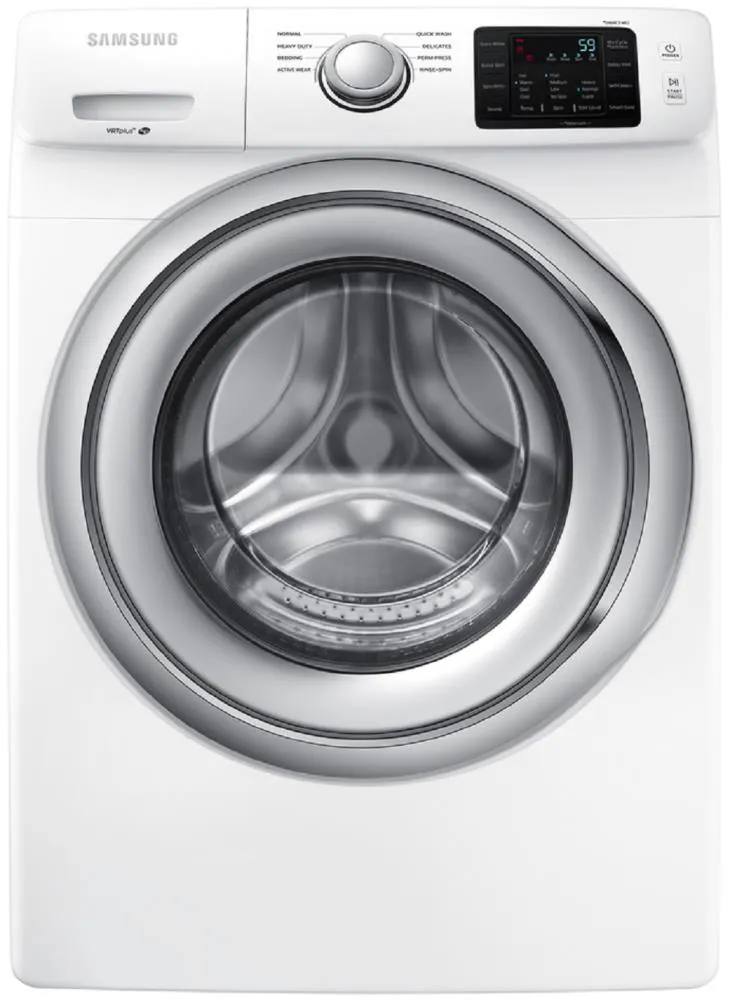
III. Regular Cleaning and Maintenance
-
Cleaning the Tub:
- Over time, soil, lint, and residue can accumulate in the washing machine tub. Clean the tub regularly to remove these deposits. Choose an appropriate cleaning method based on your machine’s specifications and instructions provided by the manufacturer. Standard methods include using vinegar, baking soda, or a washing machine cleaner.
-
Cleaning the Dispenser Drawer:
- The detergent and fabric softener dispenser drawer can also accumulate soil and residue. Remove the dispenser drawer, rinse it thoroughly with warm water, and use a brush or cloth to clean any remaining buildup. Allow the drawer to air dry before reinserting it into the washing machine.
-
Wipe Down Surfaces:
- Regularly wipe down the exterior surfaces of the washing machine with a damp cloth to remove any dirt, dust, or detergent residue. Pay close attention to areas such as the control panel, knobs, and door seal, as they can harbor soil.
IV. Dealing with Excessive Soil
-
Troubleshooting Excessive Soil:
- If you consistently encounter excessive soil in your washing machine despite proper sorting and detergent usage, there may be underlying issues that require attention.
-
Inspect Clothing:
- Examine your laundry items before placing them in the washing machine. Check for loose or torn seams, pockets that may contain debris, or items with excessive soil that may transfer to other clothes during the wash cycle. Remove any soil or debris before loading the machine.
-
Check the Drainage:
- A poorly functioning drainage system can contribute to soil accumulation in the machine. Ensure that the drain hose is properly connected and not clogged. Regularly inspect and clean the drain filter or pump filter to prevent blockages.
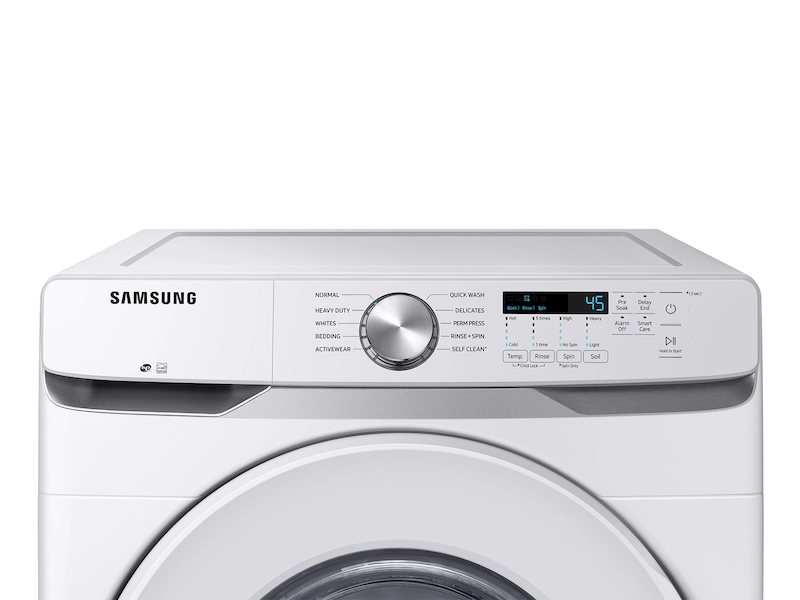
V. Prevention Measures
-
Regular Maintenance Schedule:
- Establish a regular maintenance schedule for your washing machine. This includes cleaning the tub, dispenser drawer, and filters as recommended by the manufacturer.
-
Avoid Leaving Wet Clothes in the Machine:
- Promptly remove washed clothes from the washing machine after the cycle is complete. Leaving damp clothes sitting in the machine for an extended period can result in a buildup of soil and unpleasant odors.
-
Leave the Door Open:
- After each use, leave the washing machine door slightly open to allow air circulation and prevent the growth of mold and mildew, which can contribute to soil accumulation and unpleasant odors.
VI. Contacting a Professional
-
Persistent Soil Issues:
- If you have followed all the recommended steps but still experience persistent soil buildup in your washing machine, it may be necessary to contact a professional technician or the manufacturer’s customer support for further assistance. They can diagnose underlying issues and provide appropriate solutions.
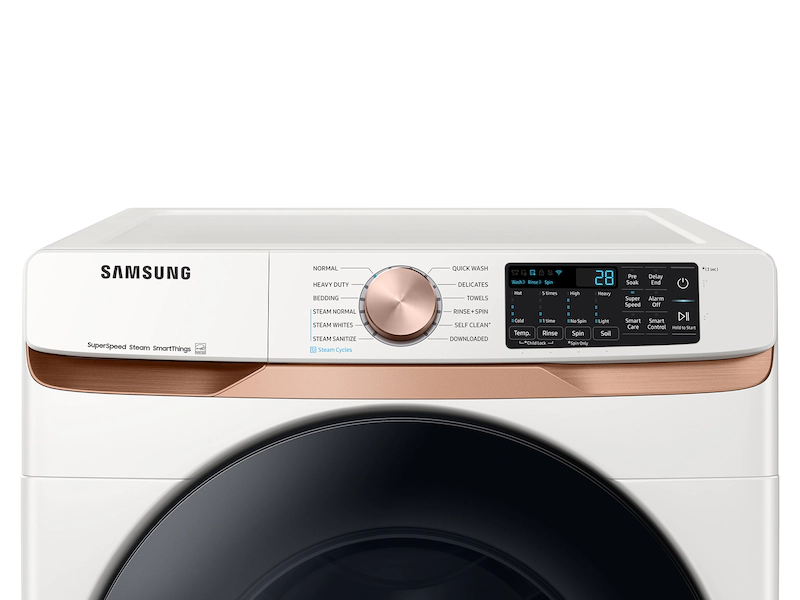
VIII. Additional Tips for Soil Prevention and Maintenance
-
Use Mesh Laundry Bags:
- For delicate items or clothes that are prone to shedding lint or soil, consider using mesh laundry bags. These bags help contain loose fibers and prevent them from spreading in the washing machine.
-
Clean Filters Regularly:
- Some washing machines have additional filters, such as lint filters or pump filters, that can accumulate soil and debris. Consult your machine’s user manual to locate these filters and clean them regularly to maintain optimal performance.
-
Use Hot Water Periodically:
- Running a hot water cycle without any clothes can help remove stubborn residue and kill any bacteria or mold that may contribute to soil buildup. Check your machine’s specifications on the recommended temperature for hot water cycles.
-
Pay Attention to Hard-to-Reach Areas:
- In addition to cleaning the tub and dispenser drawer, don’t forget to check and clean any other hard-to-reach areas, such as the rubber door seal or gasket. These areas can harbor soil and residue if left unattended.
-
Consider Water Softeners:
- If you live in an area with hard water, mineral deposits can accumulate, leading to soil buildup. Using a water softener or adding a water softener agent to your machine can reduce the mineral content in the water, minimizing the risk of soil and residue formation.
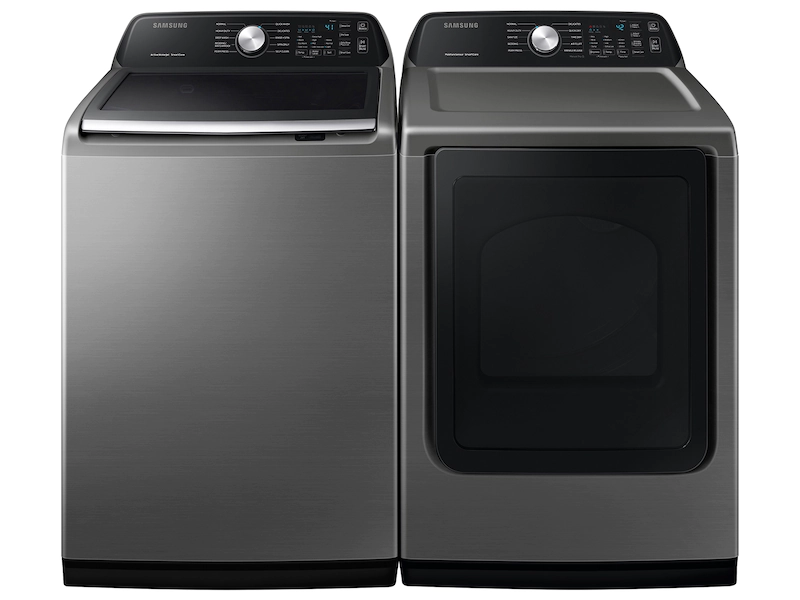
VII. Conclusion: A Clean and Efficient Washing Machine
Dealing with soil in your washing machine requires a combination of proper sorting, detergent usage, regular cleaning, and maintenance. By following the specific steps outlined in this guide, you can effectively address and prevent soil buildup, ensuring clean and fresh laundry results.
Remember to sort clothes appropriately, use the right detergent and dosage, and regularly clean the washing machine’s tub and dispenser drawer. Implementing prevention measures and promptly addressing any issues that arise will help you maintain a clean and efficient washing machine for years to come.
With these strategies in place, you can enjoy the convenience and effectiveness of your washing machine while ensuring soil-free and fresh-smelling laundry every time.

